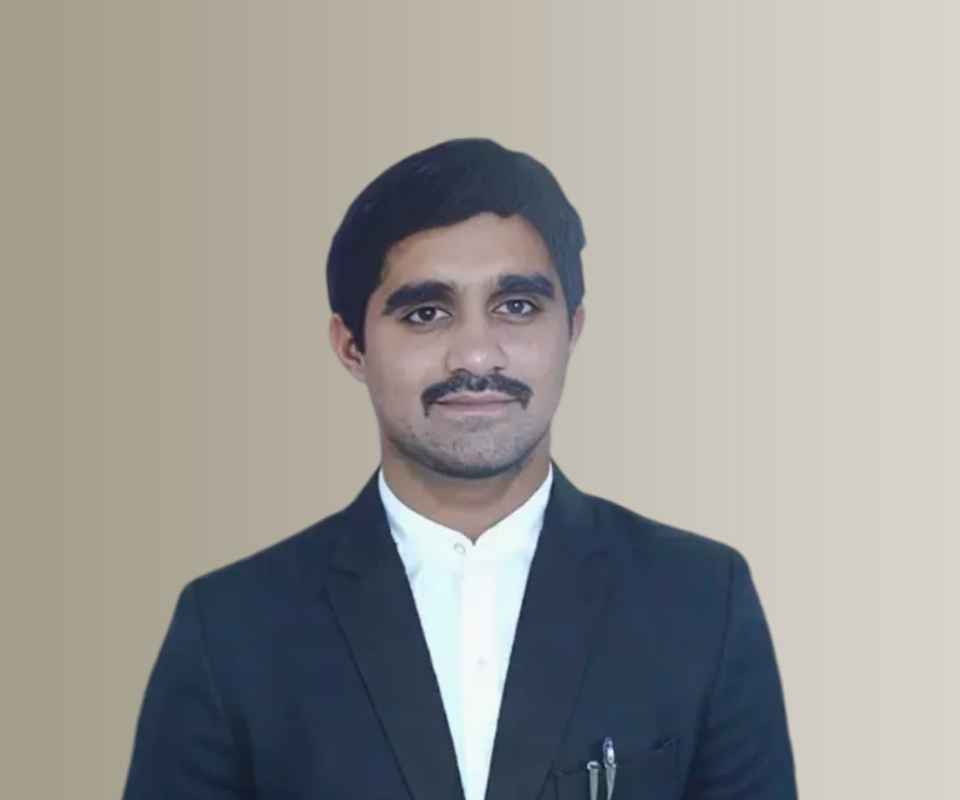Answer By law4u team
Bharatiya Nagarik Suraksha Sanhita, 2023 - Section 321: Execution of commissions.
Upon receipt of the commission, the Chief Judicial Magistrate or Judicial Magistrate as he may appoint in this behalf, shall summon the witness before him or proceed to the place where the witness is, and shall take down his evidence in the same manner, and may for this purpose exercise the same powers, as in trials or warrant-cases under this Sanhita.
Brefe Detail
This section outlines the procedure for executing commissions issued for witness examination. It designates that the Chief Judicial Magistrate or an appointed Judicial Magistrate is responsible for summoning the witness or traveling to their location to take their evidence, employing the same powers as in regular trials or warrant cases.
Question & Answers
Q: Who is responsible for executing the commission?
A: The Chief Judicial Magistrate or a Judicial Magistrate appointed by him.
Q: What must the Magistrate do upon receiving the commission?
A: He must summon the witness or go to the location of the witness to take down their evidence.
Q: Can the Magistrate exercise the same powers as in trials?
A: Yes, the Magistrate may exercise the same powers as in trials or warrant-cases under this Sanhita.
Q: Is the evidence taken down in a specific manner?
A: Yes, the evidence is taken down in the same manner as in trials or warrant-cases.
Example
1. If a witness is located in a different city, the Chief Judicial Magistrate may travel there to take their evidence rather than requiring the witness to attend court.
2. If the commission is issued to examine a witness who is unable to travel due to health issues, the Magistrate can conduct the examination at the witness's location.
Summary
Section 321 of the Bharatiya Nagarik Suraksha Sanhita, 2023, specifies that upon receiving a commission for witness examination, the Chief Judicial Magistrate or an appointed Judicial Magistrate must either summon the witness or travel to their location to take their evidence, utilizing the same powers granted during trials or warrant cases.







